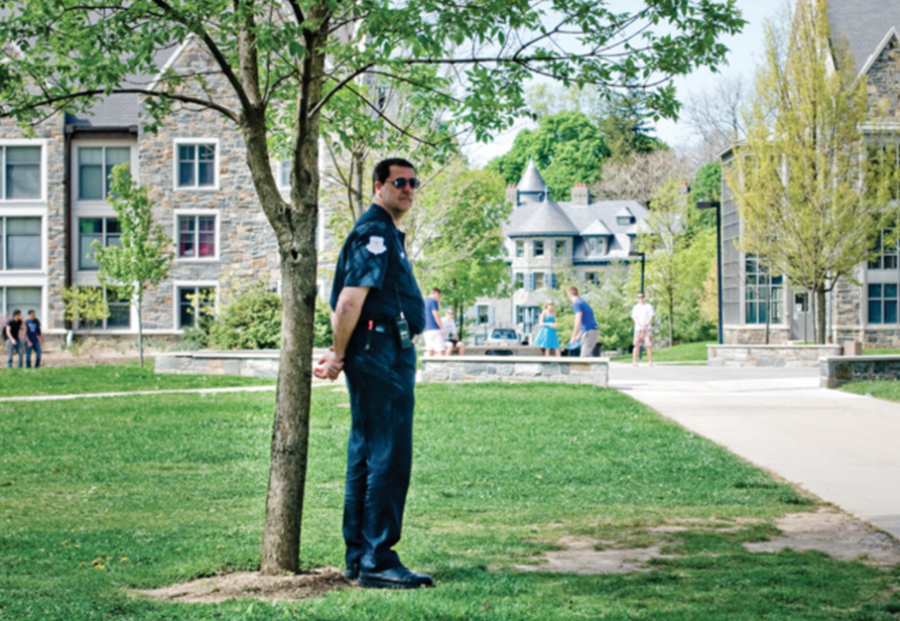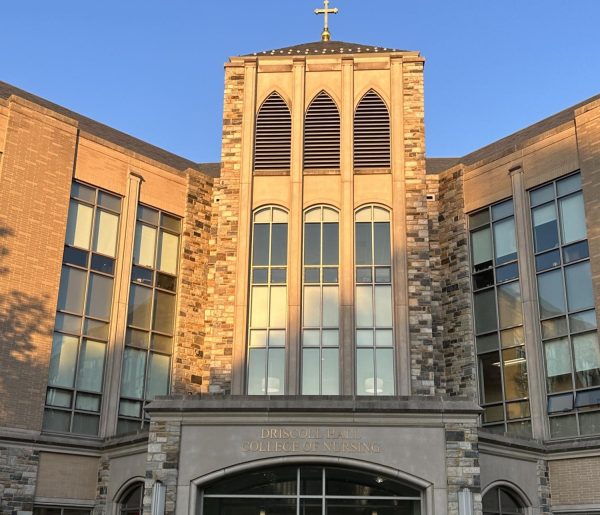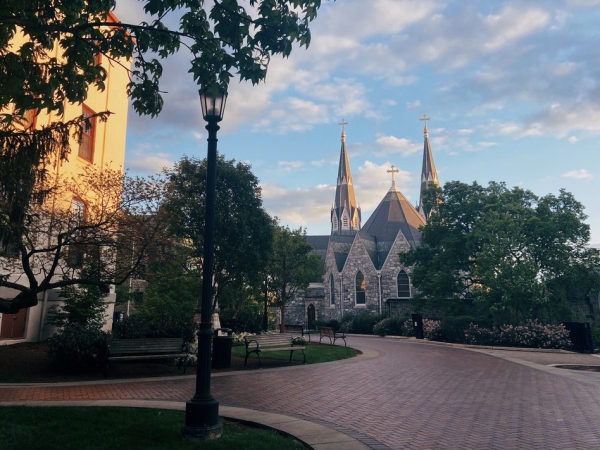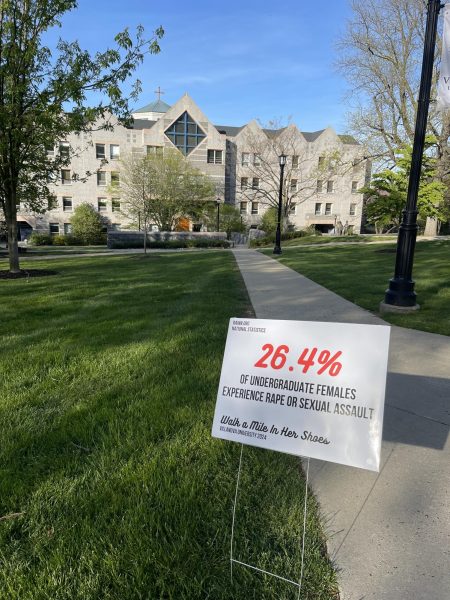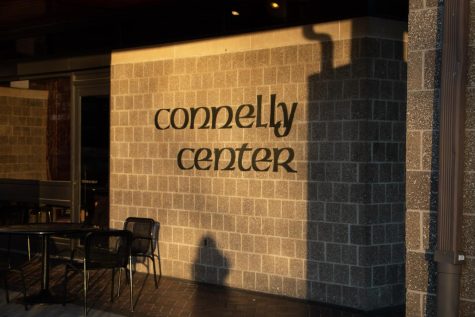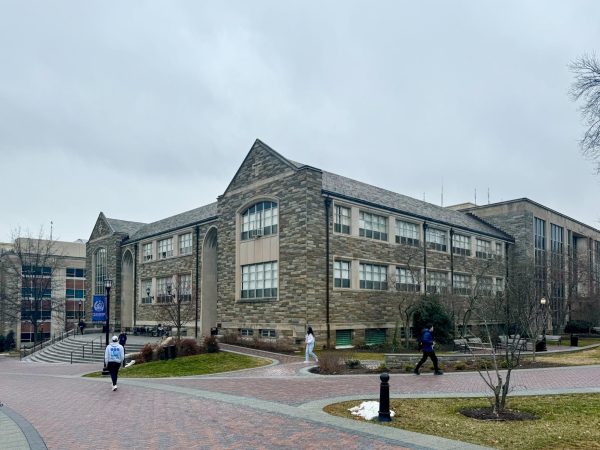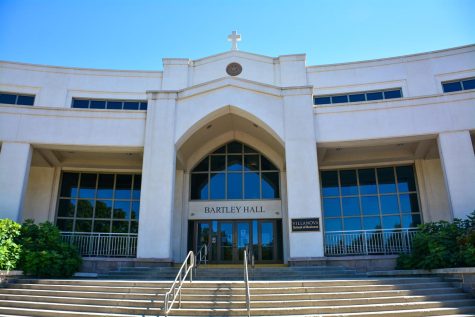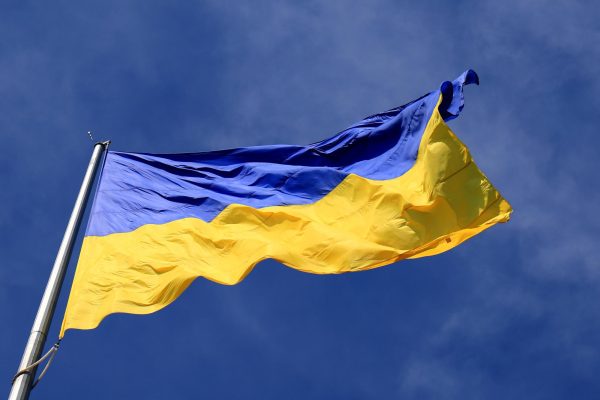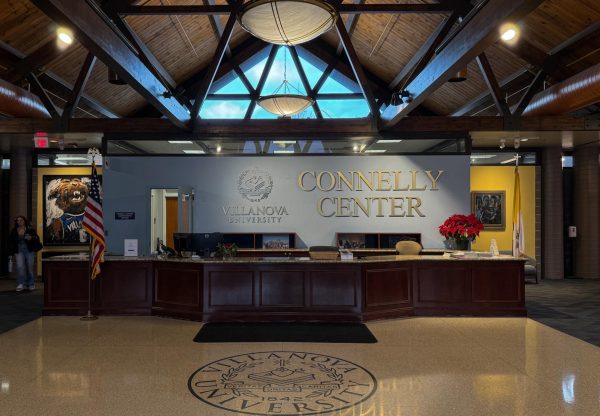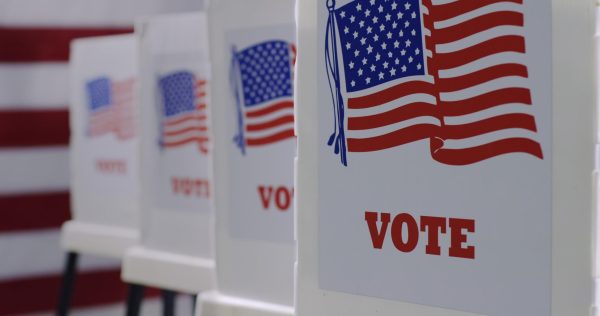Transparency a priority as Public Safety moves forward with plans to arm and hire new officers
February 16, 2016
Plans for the Villanova Police Department are well under way following the University’s Fall decision to arm Public Safety. On pace to meet its August 1 commencement, this plan will see the introduction of two to five armed officers this fall and 19 officers by the end of two years. To date no officers have been hired. The first selection process will take place in late April and May.
The main focus of the task force has been deliberating and defining the recruitment tools, training guidelines and police equipment to be used by the officers.
David Tedjeske, Director of Public Safety, spoke of the recruitment process, saying an ideal candidate has “a strong service orientation . . . is interested in problem solving,” and “interested in students and their development.” In order to find officers who fit the University’s specific needs, the task force will use targeted outreach to attract a diverse candidate pool, in terms of race and gender.
Chris Kovolski, Assistant Vice President for Government Relations and External Affairs said, “this is not about just hiring people to fill positions, but making sure the right fit is there on both sides.”
Finding the right officers takes priority over expediency. While the first will be hired by Aug 1, there is no target number of officers that must be reached. Each new officer will undergo a 10-step screening process.
By the end of year one, Villanova is expected to hire 7 to 10 officers, but this does not mean all of those officers will be serving on campus.
“We are willing to take someone who hasn’t had police training yet, and send him to police academy,” Tedjeske explained. “Some of those may be in the police academy on Aug 1.”
The task force has also taken into consideration the opinions and concerns of the community. During an event last fall called “Dinner and Dialogue,” 30 students were invited to spend time with members of the task force and police officers to discuss the controversy and concerns regarding a police presence on campus.
It is Tedjeske’s hope that “the police officers are not just a uniform, but that they are out there engaged with the students.” Through small acts of community outreach, like the “Dinner and Dialogue” event, these officers will be transitioned into the community in a thoughtful and methodical manner. According to Tedjeske, this integration process is essential to the community response.
The University also hired a nationally renowned consultant who specializes in assembling structured questions for police candidates. Students who attended the event also met with the consultant, whose main objective was to decipher the student definition of a “good officer.”
The second focus of the task force has been working with Radnor Township on a “Memorandum of Understanding,” which will provide a mutual understanding of the protocol and procedure.
This understanding will also give the community concrete expectations as to the jurisdiction and responsibilities of the Villanova Police Department. Kovolski notified the surrounding Villanova community of the announcement.
“I received an overwhelming number who were supportive of this move,” Kovolski said. “I think there are some who have concerns . . . but majority were supportive.”
The budget for this project is undisclosed, but when asked for specifics, Tedjeske said, “You can’t put a price on safety. We are not going to be frivolous, but we are going to ensure a quality program.”
Among other equipment, Villanova police will be wearing body cameras. This detail is a new development not included in the original announcement.
In response to the police actions in Ferguson, Missouri, last fall, the White House initiated the distribution of 50,000 body cameras to police departments around the country.
“Evidence shows that body worn cameras help strengthen accountability and transparency, and that officers and civilians both act in a more positive manner when they’re aware that a camera is present,” the White House said in a statement.
The effectiveness of body cameras and their place in the justice system remains a heavily debated issue. Barak Ariel, a criminologist at the University of Cambridge, remains dubious as to the effectiveness of the cameras, but admitted to understanding the logic.
“There’s an appeal to [the camera] because it makes logical sense,” Ariel said. “Between logical sense and evidence that actually supports it, there’s quite a difference.”
Members of the Villanova community also had mixed feelings regarding the cameras. Erica Sklar, a senior Nursing major, said, “I think the use of these cameras has its pros and cons. I would feel more comfortable with their application if I knew more about their use by the officers.”
Although the original announcement was met with controversy, the task force intends to be as open with the community as changes continue to unfold.
Brian King, Vice President of the Sophomore Class and Chair of the Student Government Association’s Mission and Social Justice Committee shared his opinion, saying,
“I honestly believe that Mr. Tedjeske is carrying out the transition as efficiently and as respectfully as possible, by allowing the needs and the concerns of the student body to guide his decision making process every step of the way.”
King also encouraged participation of the campus community through direct outreach to Tedjeske.
“He’s more than happy to meet to talk about what’s going on within his department and to better understand the student perspective,” King said.
Transparency will continue to be the priority in the coming months.
Photo courtesy of UWire.com

